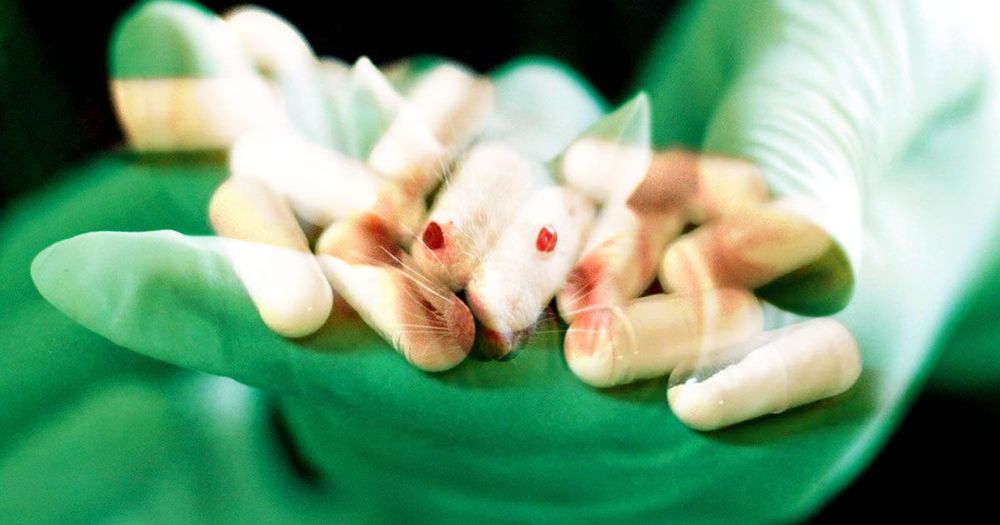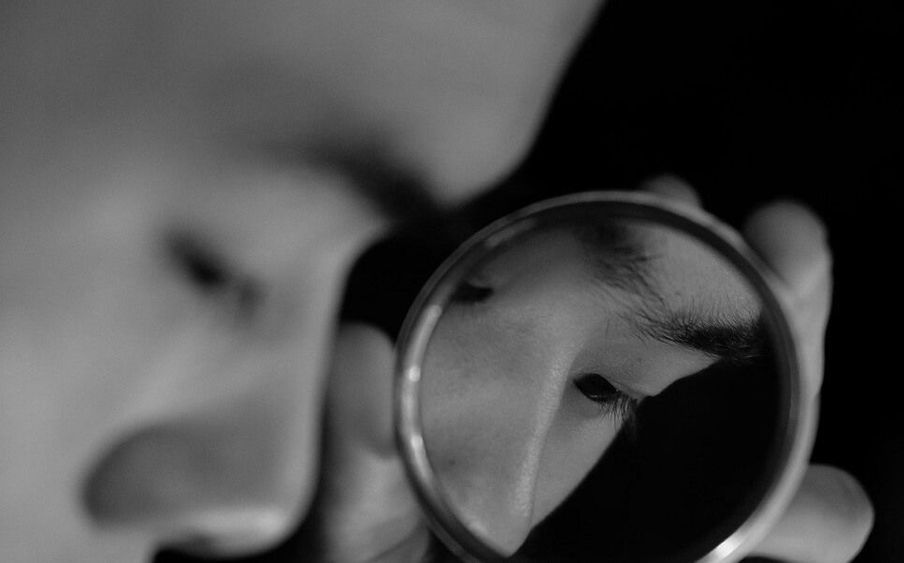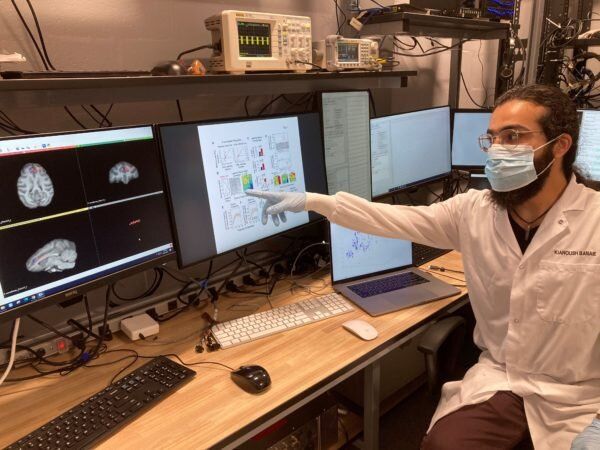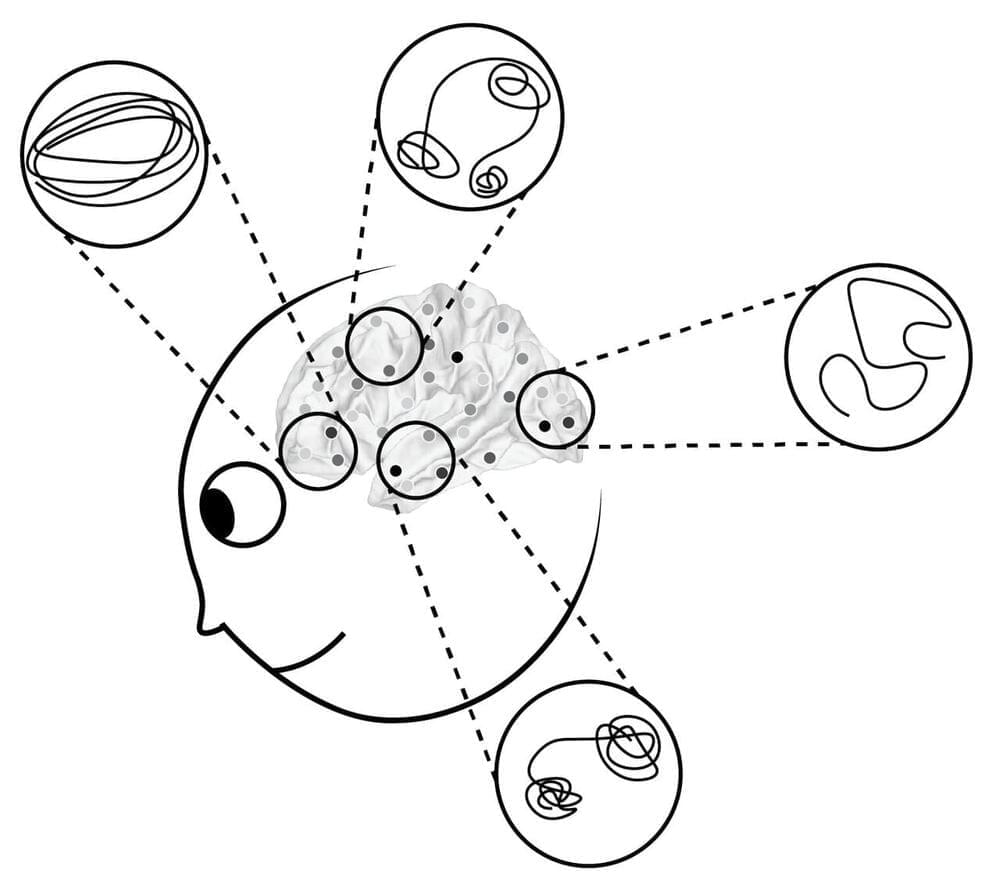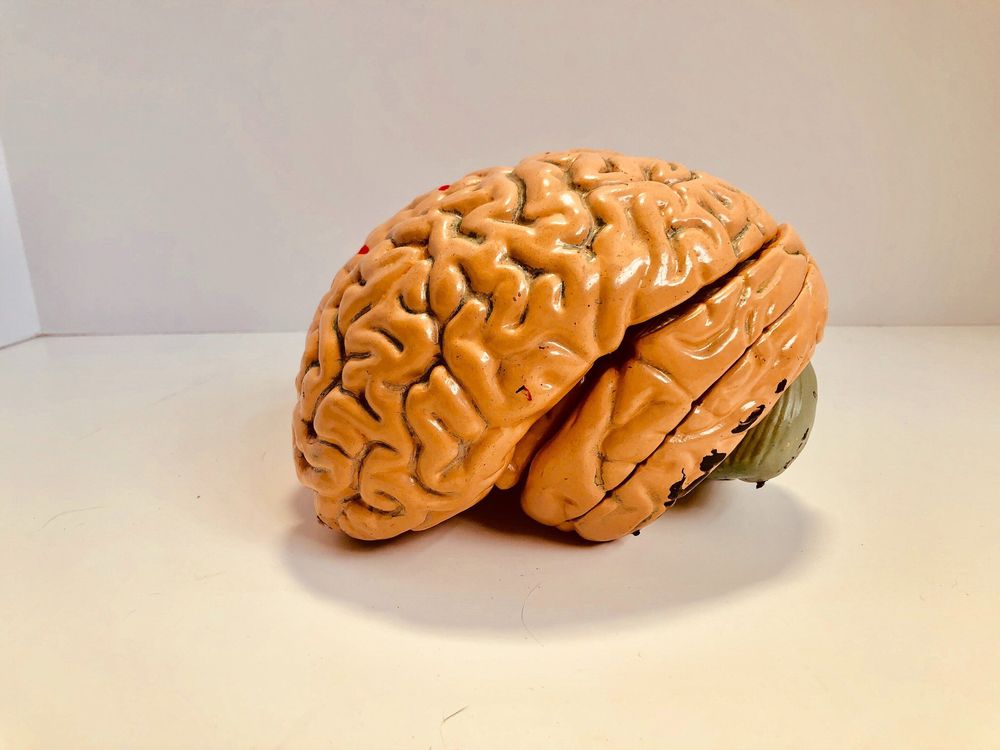In the COVID-19 outbreak frenzy, several countries are considering massive fiscal stimulus packages and printing money, to blunt the concurrent crises underway: the pandemic and the unraveling economic depression.
These plans are essential, but they need to be strategic and sustainable. Because in addressing the current crises, we must avoid sowing seeds of new ones, as the stakes are incredibly high.
It is time to add a new element to the policy packages that governments are introducing, one we know but have abandoned: Universal Basic Income (UBI). It is needed as part of the package that will help us to get out of this yawning pit.

